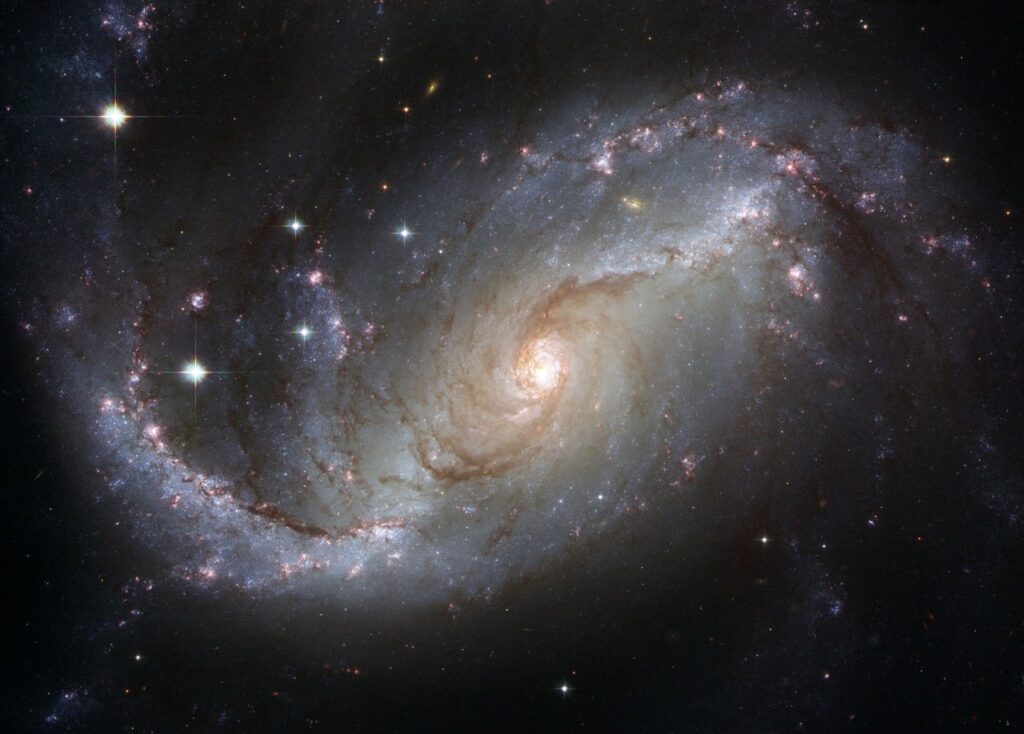Researchers from University of California Santa Cruz have developed new powerful AI program named Morpheus which can analyze astronomical image data pixel by pixel to detect and classify all the galaxies and stars in astronomical survey data.
Morpheus is basically a framework and incorporates a variety of artificial intelligence technologies developed for applications such as image and speech recognition. Brant Robertson, a professor of astronomy and astrophysics who leads the Computational Astrophysics Research Group at UC Santa Cruz, said “The rapidly increasing size of astronomy data sets has made it essential to automate some of the tasks traditionally done by astronomers.“
“There are some things we simply cannot do as humans, so we have to find ways to use computers to deal with the huge amount of data that will be coming in over the next few years from large astronomical survey projects,” he said.
Robertson worked with a CS graduate student Ryan Hausen who developed and tested Morpheus over the past two years. The publication of their results appeared on May 12 in the Astrophysical Journal Supplement Series and thus Hausen and Robertson are also releasing the Morpheus code publicly and providing online demonstrations.
Other astronomers have already used deep-learning technology to classify galaxies, but previous efforts were based on existing image recognition algorithms, and researchers have fed the algorithms curated images of galaxies to be classified.
But Hausen built Morpheus from the ground up only for astronomical image data, and the model uses as input the original image data in the standard digital file format used by astronomers.
Another important advantage of Morpheus is Pixel-level classification, Robertson said. “With other models, you have to know something is there and feed the model an image, and it classifies the entire galaxy at once,” he said. “Morpheus discovers the galaxies for you, and does it pixel by pixel, so it can handle very complicated images, where you might have a spheroidal right next to a disk. For a disk with a central bulge, it classifies the bulge separately. So it’s very powerful.“
To train Morpheus, the researchers used information from a 2015 study in which a lot of astronomers classified about 10,000 galaxies in Hubble Space Telescope images from the CANDELS survey.
“Morpheus provides detection and morphological classification of astronomical objects at a level of granularity that doesn’t currently exist,” Hausen said.

